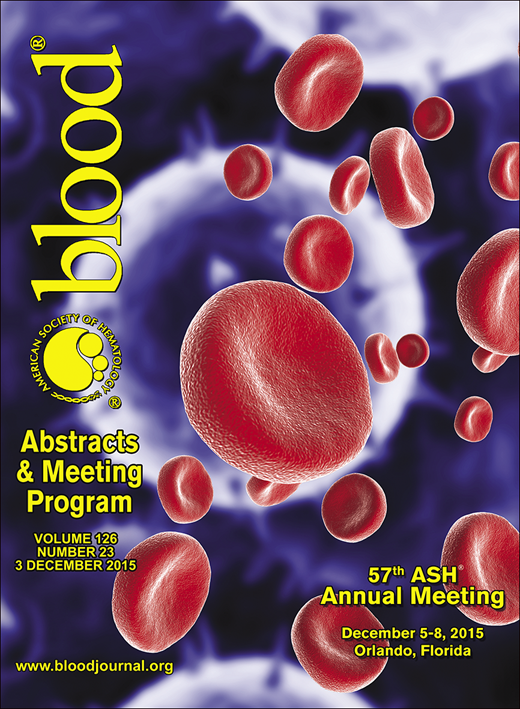Abstract
NFAT is a family of highly phosphorylated proteins residing in the cytoplasm of resting cells. Upon dephosphorylation by calcineurin, NFAT proteins translocate to the nucleus where they orchestrate developmental and activation programs in diverse cell types. CLL is a clonal disorder of mature B cells characterized by the expression of CD19, CD23 and CD5. With respect to prognosis, it constitutes a heterogeneous disease with some patients exhibiting an indolent course for many years and others progressing rapidly and requiring early treatment. While some patients exhibit enhanced responsiveness to stimulation of the B cell receptor (BCR) complex and more aggressive disease, another subset of CLL patients with more indolent course is characterized by an anergic B cell phenotype referring to B cell unresponsiveness to IgM ligation and essential lack of phosphotyrosine induction and calcium flux. Up to 10% of CLL patients transform to an aggressive form of lymphoma over time (Richter´s syndrome) and show a significantly worse treatment outcome. Here, we analyzed the role of NFAT2 in CLL with respect to maintenance of the anergic phenotype and the development of Richter´s syndrome.
For this purpose, we generated conditional NFAT2fl/fl CD19-Cre knock out mice on the Eµ-TCL1 transgenic background. These mice exhibit NFAT2 deletion limited to the B cell lineage and develop a human-like CLL due to the B cell specific expression of the TCL1 oncogene. Conditional TCL1+NFAT2fl/fl CD19-Cre mice with B cell specific deletion of NFAT2 served as the experimental cohort while TCL1 transgenic mice without an NFAT2 deletion served as controls. To extend our observations do the human disease, we further analyzed primary blood samples from patients with CLL (n=30) and Richter´s syndrome (n=5).
Mice with genetic loss of NFAT2 in their B cell compartment showed a significantly more aggressive disease course with accelerated accumulation of CD5+ CD19+ CLL cells in different organs, significantly higher proliferation rates and a dramatically reduced life expectancy (200 vs. 325 days) as compared to TCL1 control animals. Immunohistochemical analysis of spleen and lymph nodes upon necropsy showed a transformed disease phenotype in the NFAT2 ko cohort with diffuse distortion of lymph node and spleen architecture by large B cells with blastic chromatin while animals with intact NFAT2 expression showed small lymphocytic infiltrates with conserved B and T cell areas as expected. Using calcium imaging technology, we were able to show that CLL cells with regular NFAT2 expression were essentially unable to mobilize calcium upon IgM ligation and thus exhibited the typical anergic phenotype. CLL cells with NFAT2 deletion, on the contrary, showed a highly IgM-responsive phenotype with inducible activation of downstream signaling via AKT and ERK. We subsequently defined a genetic signature of anergy in CLL cells employing Affymetrix microarrays consisting of Lck, Pacsin1 and the E3 ligases Cbl and Grail, which were highly expressed in anergic CLL cells with normal NFAT2 expression and virtually absent upon NFAT2 ablation. We could further show by western blotting with phospho-specific antibodies that Lck was constitutively activated in anergic CLL cells while it was essentially inactive in NFAT2 ko cells suggesting an important role for Lck in mediating the anergic phenotype.
Primary human CLL samples (n=30) showed a significant overexpression of NFAT2 and Lck, predominantly in its active conformation, as assessed by western blotting and RT-PCR. Tissue samples (lymph nodes, bone marrow) from patients with Richter's Syndrome (n=4) on the other hand demonstrated a significantly reduced expression of NFAT2 and complete loss of Lck expression. Calcium imaging revealed that a subset of human CLL cells showed an anergic phenotype and were unable to flux calcium while tumor cells from Richter patients exhibited an intensive spontaneous calcium flux as well as hyperresponsiveness upon IgM ligation.
In summary, our data provide strong evidence that NFAT2 and its target gene Lck are important mediators of anergy induction in CLL and that their loss leads to disease transformation to aggressive B cell lymphoma (Richter´s syndrome). Taken together, our results demonstrate that the NFAT2-LCK axis plays an important role in the pathogenesis of CLL and implicate it as a potential target in its treatment.
No relevant conflicts of interest to declare.
Author notes
Asterisk with author names denotes non-ASH members.

